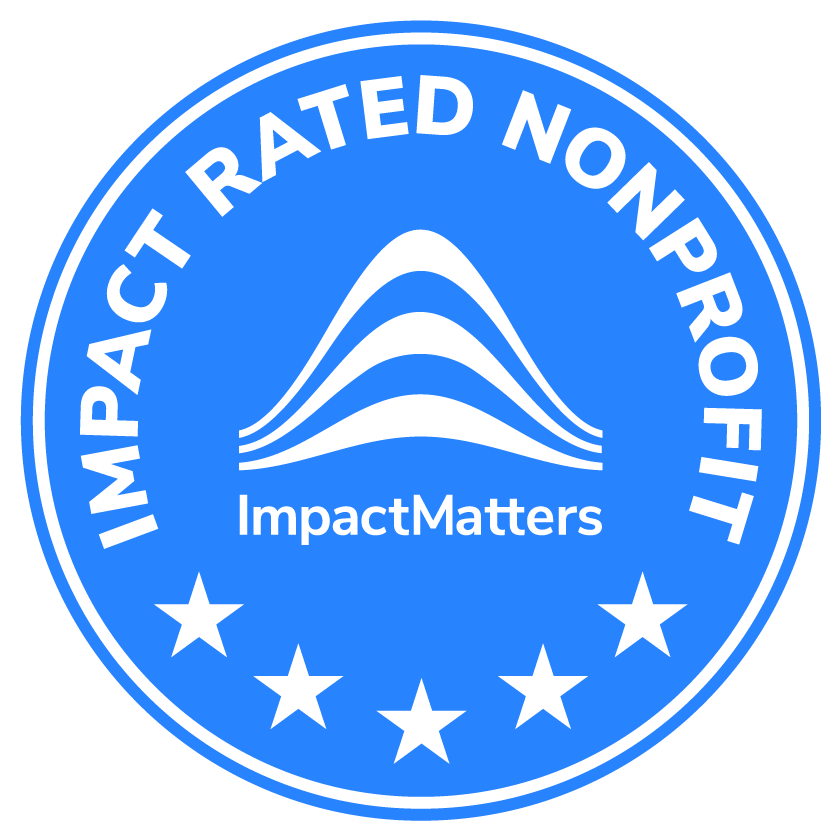A few interesting articles and a podcast from around the internet.
Economic Times "What is holding back the social entrepreneur?" (15 May 2014)
Exhibit A for the “too much money is chasing too few entrepreneurs” case:
“An April 2014 study by Intellecap, a strategy advisory firm, highlights the gravity of the situation. Of the $1.6 billion invested in social enterprises since 2000, around 70% was in the financial inclusion space (both microfinance and non-microfinance). Of the investments that went into other sectors—including agriculture, energy, education, healthcare and livelihoods—about 67% was in just 15 enterprises.”
The article also does a great job of breaking down fund economics to explain why more patient investments in ecosystem are virtually impossible. Overall, it is a great look at the challenges faced by early stage entrepreneurs in India.
New York Times “Upscale Dairies Grow in India, Promising Safer Milk” (3 June 2014)
This article is a nice look at how small investments in quality control and chain of custody management allow dairy companies and farmers to profit more from their efforts.
The connection between pro-poor business models and higher-end goods is growing. Here in Seattle, we have Theo Chocolate, a company that is working hard to create maximum social benefit in their supply chain. To absorb the higher costs Theo has had to create a $4 chocolate bar but rather than cutting costs, the company’s founder Joe Whinney has set out to create the best darn luxury bar he can. And Theo is not alone – the work Arthur Karuletwa is doing with Starbucks is very much in the same spirit
Outlook Business "Social Entrepreneurs Are Reinventing The Wheel" (24 May 2014)
This is a fascinating interview with Intellecap’s Aparajita Agarwal as she talks about social enterprise in India, the differences from working in Africa, and the constant battle entrepreneurs face when they’re trying to differentiate themselves.
Most interesting for me was the point about entrepreneurs trying to make their idea feel truly unique. I suspect much of this need is driven by interactions with impact investors and the benefit narrative those investors are trying to build around their work. Unlike traditional investors who can look simply at the financials and management team in their due diligence, self-defined impact investors often need to have their imagination captured by the social benefits of the business. As such, entrepreneurs often try to tell a story about how their product or service is “revolutionary” or “innovative,” when the reality is that their business might be most socially beneficial and profitable if they could focus their efforts on the fundamentals.
There is a saying that has been floating around Upaya for a long time that seems relevant here – sometimes a business is not innovative for what it is doing, but for where it is doing it. This interview shows we might not be alone in that thinking.





